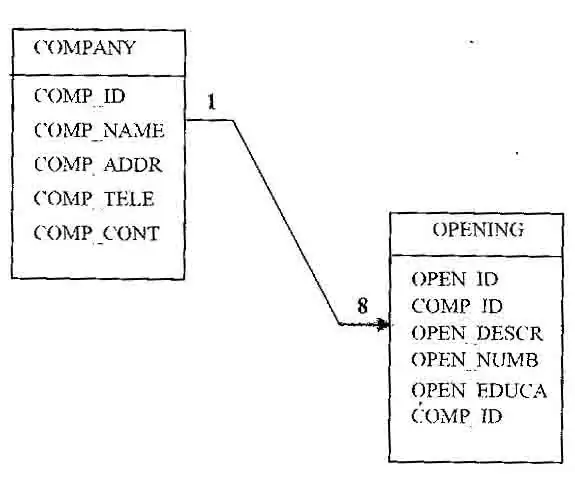Write a note on Evolution of Data Models.
Evolution of Data Models:
To overcome the shortcomings of file -based data processing, researchers developed different data models. There are several different data models developed in attempt to resolve the complexities of file systems.
The major data models are:
- Hierarchical
- Network
- Relational
- Entity relationship
- Object oriented
Hierarchical Data Model:
Hierarchical data has a parent child relationship that is not naturally represented in a relational database table. Hierarchical data is a collection of data where each item has a single parent and zero or more children (with the exception of the root item, which has no parent). Hierarchical data can be found in a variety of database applications, such as business organization charts, content management categories, product categories, and so on. The logical structure of hierarchical model resembles structure chart showing levels of hierarchy representing parent child relationship. Each level represents a record. A top level, also known as root, is a parent record of a level beneath it. The second level is parent of third level, and so on. Figure shows the structure of the

Network Data Model:
The network data model consists of a collection of set type occurrences. Each set type occurrence has one occurrence of owner record, with zero or more occurrences of member records. Supplier Parts and Salesman Customer are examples of network data model.
Relational Data Model:
The power and simplicity of the relational model left behind the hierarchical model and the network model. These models are no longer talked about, and bear no more than academic significance. E. F. Codd, an employee of IBM, first developed the relational model and put forward to the world of database in 1970. Since then lot of research has gone into this area le ading to the strong theoretical foundation of the relational database technology. The relational model is implemented through the relational database management system (RDBMS). The relational database is a collection of tables and its meta data, A table is a matrix like structure with columns and rows as shown in Figure Hierarchical Data Model.
Tables are related to each other by common characteristics: For example, the employee table might contain a department number that is also contained in department table. A table, much like a file, stores a collection of related entities.
Relational diagram: Relational model can be best represented diagrammatically. Such diagram is called relational diagram,
which depicts representation of entities, attributes within those entities, and relationships between those entities. Figure below displays the relational diagram showing two entities: Company and Opening. Here, the entity Company is related to entity Opening by the field COMP_ID and the relationship type, 1:M. The symbol 1 on the Company side indicates that one company is related to many openings indicated by 8 symbol on the Opening side.






